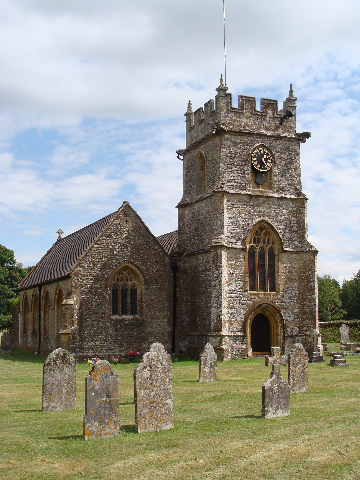A fifty square foot mosaic was created by Salviati for the 1881 Italian Exposition in Milan based on an original 1879 design by artist Giacomo Favretto. It's called "Venice Presenting the Baton of Command to Francesco Morosini".
Morosini was a 17th century Venetian soldier and sailor. The composition
includes Morosini himself, Venetia as a beautiful woman, Kleio the muse
of history, and St. Mark's lion. More than 7,000 color variations in
tesserae were used with the noticeable exception of Salviati's signature gold.
In 1885, George Thomas Clark - a friend of Sir Austen Henry Layard - purchased the mosaic from the Venice and Murano Glass and Mosaic Company for 250 British Pounds and had it installed in the Hall of Talygarn House in Wales. Incidentally, Clark also gifted a mosaic reredos of the
Last Supper by Salviati to the
Charterhouse School in Godalming.
The mosaic - seen above in Talygarn House - was removed in the 1920s when the house became a convalescent home for miners. At one point, it had been left in a field on the property and as of 2008, there was the intent to donate it to the National Museum of Wales.
Favretto's 1879 painting can be found in Venice's Museo d'Arte Moderna, ca'Pesaro.
Sources:
Barr, Sheldon.
Venetian Glass Mosaics: 1860-1917. London: Antique Collectors' Club, 2008. 60-63.
ebay
Plant, Margaret.
Venice: Fragile City 1797-1997. New Haven: Yale University Press, 2002. 175.



